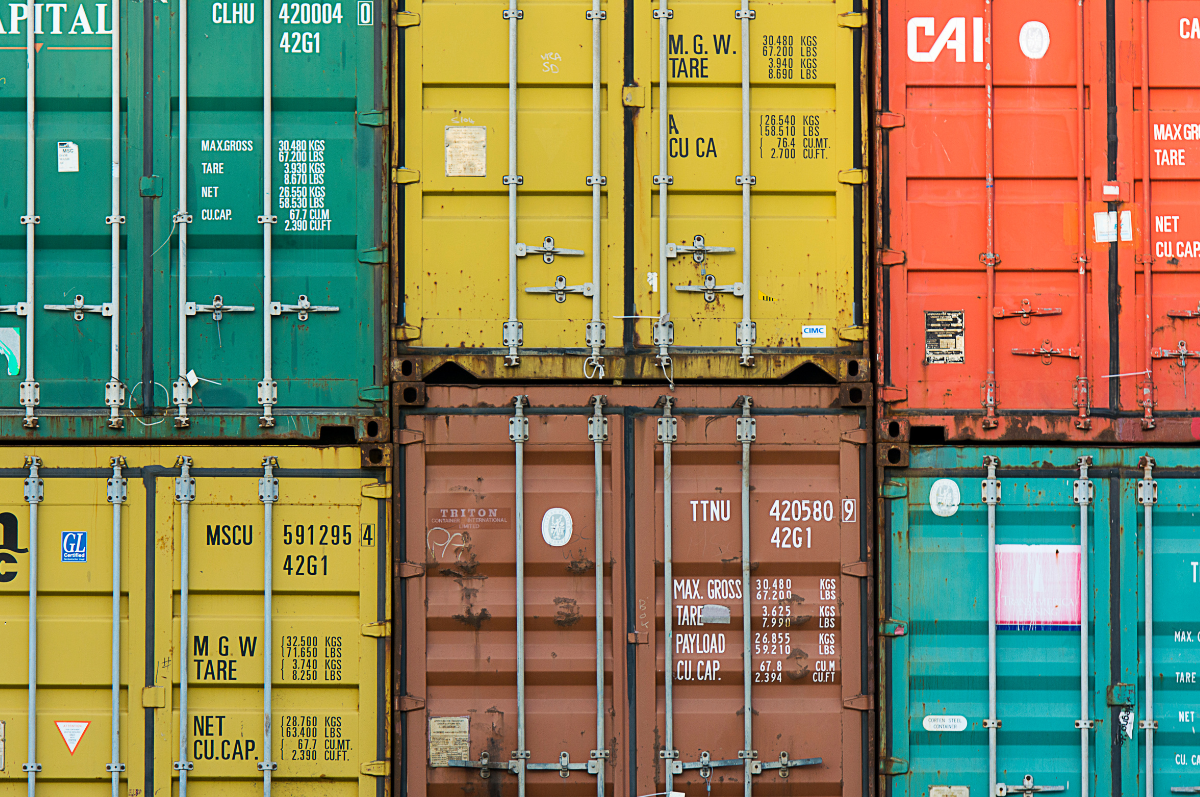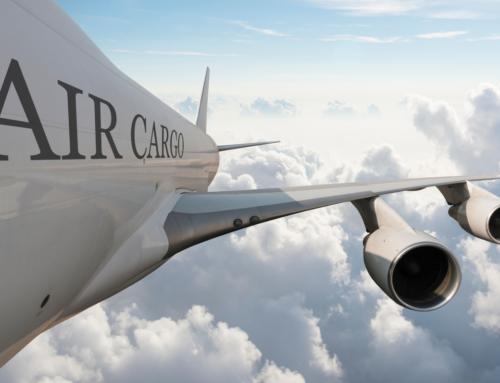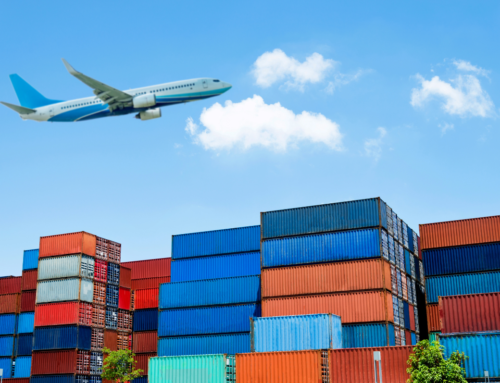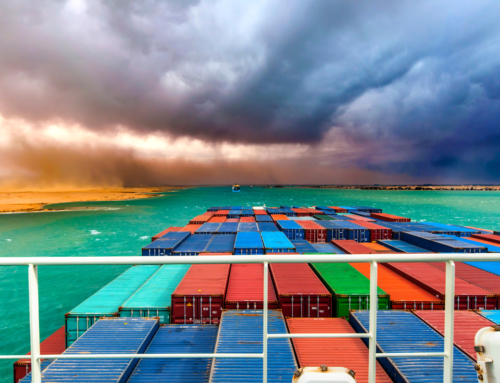Hawley Logistics: Navigating the Future of Container Shipping with Expertise
The global container shipping sector has faced unprecedented market fluctuations in recent years. Disruptions caused by the lingering effects of the pandemic, shifting supply chains due to sanctions and extreme weather, and rerouting through the Red Sea have all influenced the industry’s trajectory. As we move into 2025, these uncertainties show no sign of abating, with geopolitics continuing to shape the sector’s outlook.
2025: A Year of Uncertainty and Adjustments
The reopening of the Suez Canal route will be one of the most significant developments of 2025. As the year began, 85-90% of global container volume was still avoiding the Red Sea due to security concerns. If stability returns to the Middle East, container liners may resume transits through this key passage, but this will result in a need to recalibrate sailing routes, port operations, and capacity will take time.
Adding to the changes, several ships have also tested the extension to the Suez Canal without issue, a project that was accelerated after the grounding of Ever Given in 2021. This will almost double the capacity of the Suez Canal.
Additionally, trade tariffs and potential US measures aimed at curbing China’s dominance in shipbuilding are increasing costs and influencing global shipping demand and vessel deployment strategies.
Global Container Trade Recovery Driven by Consumer Demand
Despite past disruptions, the container shipping industry saw a strong recovery in 2024, supported by rising consumer spending. Global container throughput grew by an average of 6%, with US ports experiencing double-digit growth due to increased imports and frontloading in anticipation of trade tariffs. Chinese ports also handled significantly more containers, while European ports lagged behind but showed signs of improvement compared to previous years.
Positive Momentum in Early 2025
Protectionist policies may slow global container trade later in 2025, but the year started on a strong note. Container volumes are expected to grow by approximately 3% year-on-year, driven by improved consumer purchasing power. However, by 2026, rising costs from tariffs and potential trade retaliations may weigh on global shipping volumes.
Container Spot Rates Normalising After Prolonged Disruptions
Throughout 2024, global container spot rates remained elevated due to continued rerouting around the Cape of Good Hope, which consumed up to 10% of available capacity and caused congestion. However, by early 2025, Shanghai-Europe spot rates had declined to around $3,000 per 40ft container, aligning with pre-pandemic levels. Similar trends were observed on US-bound routes, reflecting a weakening demand/supply balance.
While contract freight rates remain elevated, offering stability to major shipping lines, smaller shippers reliant on spot rates may face continued volatility. Maersk, for example, increased its contracted share of ocean business to 75% by 2024, while other carriers followed suit to secure stable revenues. By the end of 2024, the Drewry East-West contract index indicated a 27% year-on-year increase in contracted freight rates.
Vessel Charter Rates Holding Strong Despite Capacity Concerns
Larger container carriers charter 40-55% of their fleet capacity to maintain flexibility. In early 2025, charter rates for 3,500-8,500 TEU vessels remained resilient, ranging from $41,000 to $74,000 per day on 24-month contracts. While new vessel orders are at record highs, a shortage of smaller feeder vessels (under 8,000 TEU) has provided support for certain market segments. Supply chain diversification and the use of smaller ports may further bolster demand for feeder vessels.
Strong Profitability in 2024 Amid Prolonged Rerouting
Container liners recorded one of their most profitable years on record in 2024, benefiting from extended rerouting via the Cape of Good Hope. While profitability in 2025 will depend on the reopening of the Red Sea, if diversions persist, the industry could experience another profitable year. However, if normal shipping routes resume, freight rates may decline, impacting profitability heading into 2026.
Surge in Vessel Orders to Meet Future Demand
Since 2021, container carriers have aggressively placed orders for new vessels, driven by strong market demand and decarbonisation initiatives. At the start of 2025, the global container vessel order book stood at a record 8.3 million TEU, with most orders placed with Chinese shipyards. New orders include 12 dual-fuel methanol vessels for Cosco, 11 dual-fuel LNG vessels for Evergreen, and multiple medium-sized vessels for Yang Ming. While larger vessels were once the industry standard, the trend is shifting toward more flexible, sub-18,000 TEU ships to align with evolving logistics and supply chain requirements.
Restructuring Alliances and the Impact on Sailing Schedules
February 2024 marked a major restructuring in the liner sector with the formation of the Gemini Alliance between Maersk and Hapag-Lloyd. This led to the dissolution of the 2M Alliance between Maersk and MSC and changes within THE Alliance. The Gemini Alliance aims to improve service reliability, targeting 90% on-time arrivals. However, the termination of the EU’s Consortia Block Exemption Regulation (CBER) in April 2024 means alliances must operate under stricter competition laws moving forward.
Global Port Congestion and Supply Chain Efficiency Challenges
At the start of 2025, major global ports—particularly in Europe—continued to experience congestion, with ports in Rotterdam, Barcelona, and Algeciras among the hardest hit. The World Bank’s Supply Chain Stress Index showed over 2 million TEU of capacity blocked at ports, affecting more than 7% of global fleet capacity. Ocean freight transit times from China to Northern Europe remained elevated, averaging 75 days due to ongoing delays.
Managing Overcapacity: The Road Ahead
The eventual reopening of the Red Sea route is expected to reveal overcapacity issues, prompting liners to adopt capacity management strategies such as slow steaming, vessel retirements, and blanked sailings. Demolitions, which slowed significantly in recent years, could accelerate post-reopening, potentially reducing fleet capacity by 5-6%.
Financial Strength and Strategic Investments
Major shipping lines still hold substantial cash reserves following the industry’s $300 billion windfall in 2021-2022. These profits have enabled investments in port terminals and hinterland logistics, enhancing supply chain integration. While the market remains volatile, the financial stability of leading carriers will help them navigate future challenges.
Performance of Major Container Liners
Maersk: In 2024, Maersk reported an 8.6% revenue increase to $55.5 billion, with container volumes rising by 3.6% year-on-year. The company expects 2025 to be impacted by new fleet deliveries and Red Sea developments but remains optimistic about demand growth.
Hapag-Lloyd: The German carrier saw a 6.7% revenue increase in 2024, with container volumes growing 5%. Despite challenges, the company maintained steady freight rates, reinforcing its financial stability.
CMA CGM: The French liner emphasised cost control and operational efficiency in its 2024 strategy. The company has also committed $18 billion to low-carbon vessel orders, aligning with long-term decarbonisation goals.
The container shipping industry is entering another year of complexity and transition. While the first half of 2025 presents growth opportunities, the latter half and 2026 could see challenges from trade policy shifts and increased capacity. At Hawley Logistics, we leverage our deep industry expertise to help businesses navigate this ever-evolving landscape, ensuring efficient and reliable shipping solutions in a rapidly changing world.
If you are considering your container shipping options, then contact us to discuss your requirements.




